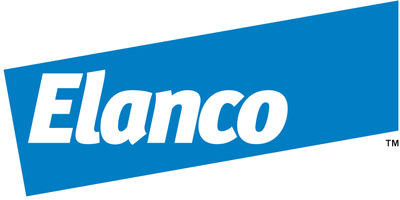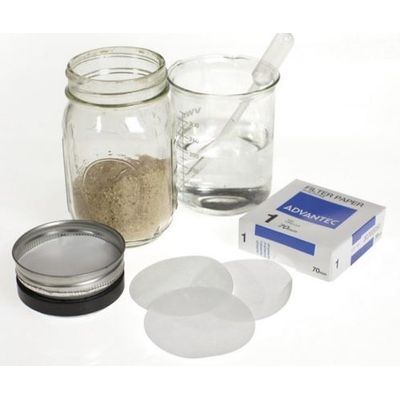


Microtracers - Feed
Feed companies that supply quality feed products to the cattle industry have utilized Elanco`s Rumensin as an integral component of their feeding programs. To assist feed manufacturers in providing a quality feed product to their customers, Elanco has added Microtracers® to Rumensin. Microtracers can provide a quick method for confirmation of inclusion or absence of Rumensin in the feed.
Microtracers are extremely small, stainless steel particles with a unique color coating, which do not impact the feed, animal, or environment when Rumensin is used. With the addition of Microtracers in Rumensin, samples of premix or supplements can be tested for the presence of Rumensin in less than 3 minutes.
Elanco provides two Rumensin Microtracers detection kits: the mason jar and the rotary detector.
Rumensin is approved for use in dairy cows in more than 20 countries around the world. Extensive research associated with these approvals shows that the natural wholesomeness and quality of milk from Rumensin-fed cows are maintained throughout lactation. In addition, the FDA has determined that both milk and meat from cows fed Rumensin are safe for human consumption. That’s why no withdrawal is required when feeding Rumensin to dairy cows, heifers or calves.
The label contains complete use information, including cautions and warnings. Always read, understand and follow the label and use directions.
CAUTION: Consumption by unapproved species or feeding undiluted may be toxic or fatal. Do not feed to veal calves.
For Dairy Cows: For increased milk production efficiency†
Total Mixed Rations ("complete feed"): Feed continuously to dry and lactating dairy cows a total mixed ration (“complete feed”) containing 11 to 22 g/ton monensin on a 100% dry matter basis.
Component Feeding Systems (including top dress): Feed continuously to dry and lactating cows a Type C Medicated Feed containing 11 to 400 g/ton monensin. The Type C Medicated Feed must be fed in a minimum of 1 pound of feed per cow per day to provide 185 to 660 mg/head/day monensin to lactating cows or 115 to 410 mg/head/day monensin to dry cows. This provides cows with similar amounts of monensin they would receive by consuming total mixed rations containing 11 to 22 g/ton monensin on a 100% dry matter basis.
For dairy and beef replacement heifers
For increased rate of weight gain: Feed at the rate of not less than 50 nor more than 200 mg head per day in not less than one pound of Type C Medicated Feed; or after the 5th day, feed at a rate of 400 mg per head per day every other day in not less than 2 pounds of Type C Medicated Feed. The monensin concentration in the Type C Medicated Feed must be between 15 and 400 g/ton. During the first 5 days, cattle should receive no more than 100 mg per day contained in not less than 1 lb of feed. Do not self feed.
For the prevention and control of coccidiosis due to Eimeria bovis and Eimeria zuernii: Feed at a rate to provide 0.14 to 0.42 mg per pound body weight per day, depending upon severity of challenge, up to a maximum of 200 mg per head per day. The monensin concentration in the Type C medicated Feed must be between 15 and 400 grams per ton. During the first 5 days, cattle should receive no more than 100 mg per day contained in not less than 1 pound of feed.
For calves (excluding veal calves)
For the prevention and control of coccidiosis due to Eimeria bovis and Eimeria zuernii: Feed at a rate of 0.14 to 1.00 mg per pound of body weight per day, depending upon severity of challenge, up to a maximum of 200 mg of monensin per head per day. The monensin concentration in Type C Medicated Feed must be between 10 and 200 g/ton.
